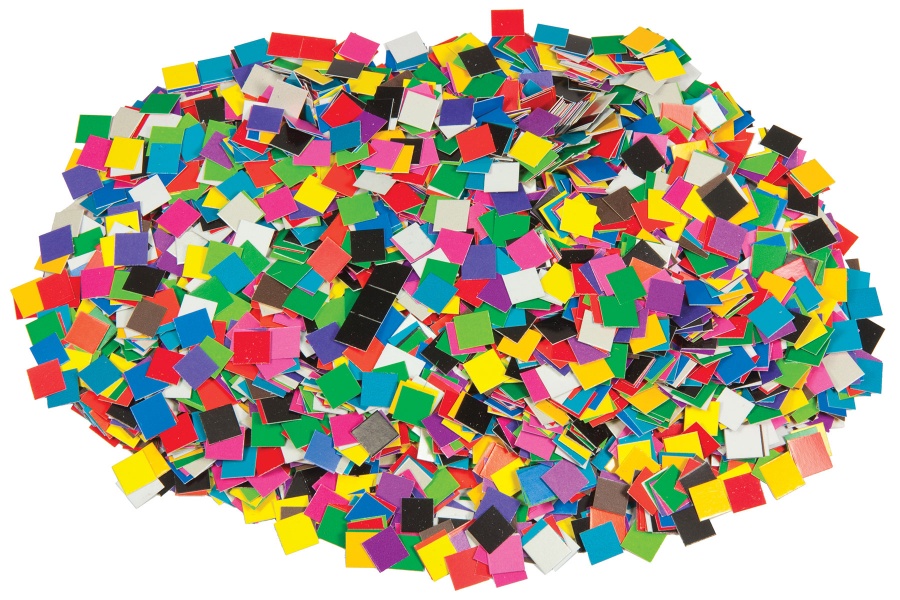The Benefits of Open-Ended Learning
Last weekend was my town’s turn to host the Big Draw Festival. The aim of the festival is to encourage children to use drawing as a tool for wellbeing, creativity, and social and cultural engagement.
I took a sheet of paper and found myself sat around a table drawing with a group of six- year-olds. We had a variety of different autumnal objects, materials and colours placed around us, and one simple task – to draw.
I picked up the crayons and started sketching away at the flowers that had been laid on the table, just as most of the adults around me were doing. Every so often, I would have a quick glance around at my new-found friends and would notice just how different an approach the children around me had taken.
One had opted for a collage, directly sticking the leaves and feathers that had been brought in onto their A4 piece of paper with glue and tape. Another had bravely taken the charcoal pencils and placed the paper on top of the selection of leaves to see what pattern would emerge. It was simply incredible to see what these children could come up with when left to explore for themselves.
The differences in the way we all participated in the Big Draw and the freedom these children had in truly exploring how they wanted to use the materials in front of them is a perfect example of what education practitioners call Open-Ended Learning.
Educational Advantage’s Double Colour Mosaic Squares are perfect for an afternoon of open-ended play!
What is open-ended learning?
It’s a style of playing or activity which is essentially free of rules or instructions. Children are really encouraged to follow their own brain waves and decide for themselves what they would like to do with the materials left for them or how to interpret themes that have been assigned. The beauty of open-ended learning is that there is no right way or right outcome.
Open-ended learning is very simple to achieve. You may decide to leave some arts and crafts onto the table and ask your children to explore the deep, blue world of the sea. Children at the mud kitchen may decide to pick up a saucepan and spoon and use it as a drum, creating a song and dance to perform to their friends. They may even decide to build a castle for their teddies or pets with the XL Polydron.

Milou the puppy playing in her specially constructed Giant Polydron Class Set Castle.

Polydron XL, the perfect way to add some open-ended learning to your children’s play!
Benefits of open-ended learning:
Open-ended learning plays an important role in a child’s early development. This child-centred approach to learning encourages children to make decisions on their own and to lead their own play - skills which will lay a crucial foundation for later on in their lives.
Open-ended learning is also a perfect way to encourage creativity and creative flow. Children are encouraged to make mistakes or to follow any spark of curiosity which may ignite.
Open-ended learning encourages children to change their mind about their creations and figure out a way to transform what they see in their brains into real life with their hands.
Open-ended learning is also very beneficial for communication and emotional development in children, especially when in the class setting or at home in a group.
Free of instructions and rules set by adults, children must learn to read social cues from their friends and must learn to communicate with others around them so that they, too, may help with creative constructions.
Sources:
- Creativity in the Classroom by Nicholas Provenzano – www.edutopia.org
- Why Open Ended Toys are SO GOOD for Growing Kids – www.mybrainblox.com
- Open-Ended Play: What it is and How it Benefits Your Child – www.strictlybriks.com
- Primary Focus - Kapow Learning (2021 Yearly Magazine), pp 4-5 – "How Sketchbooks can inspire your Art and design lessons", Sue Coles

